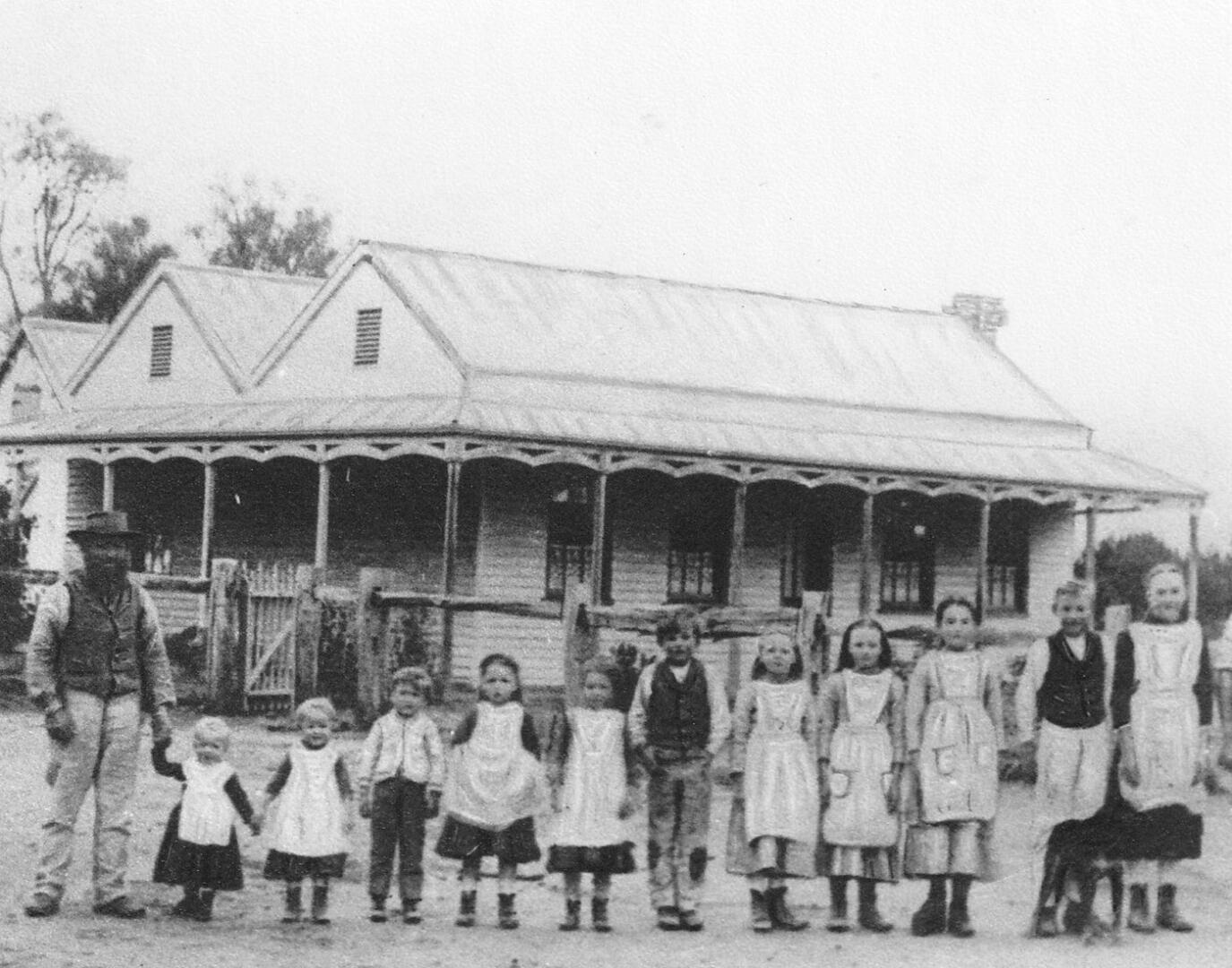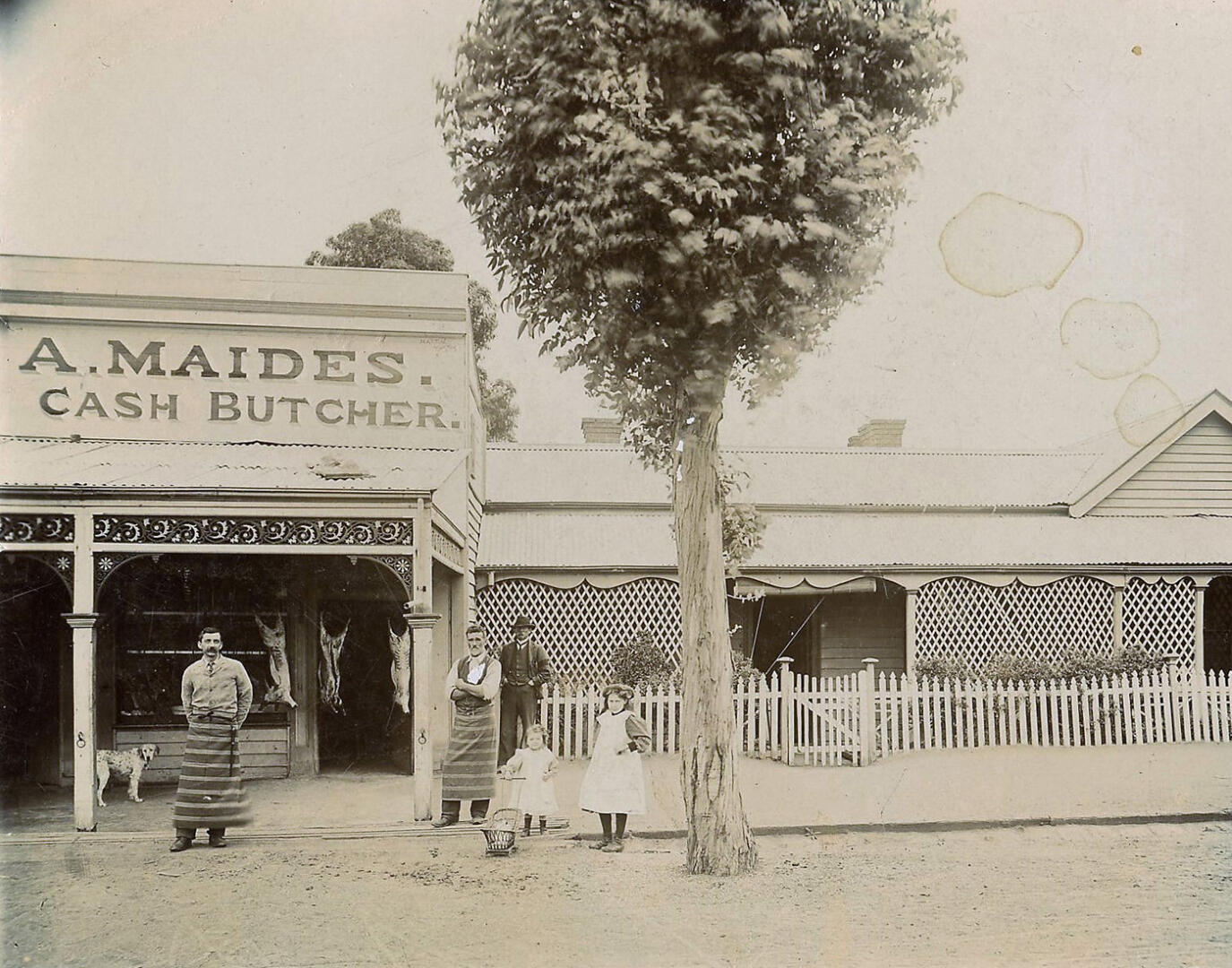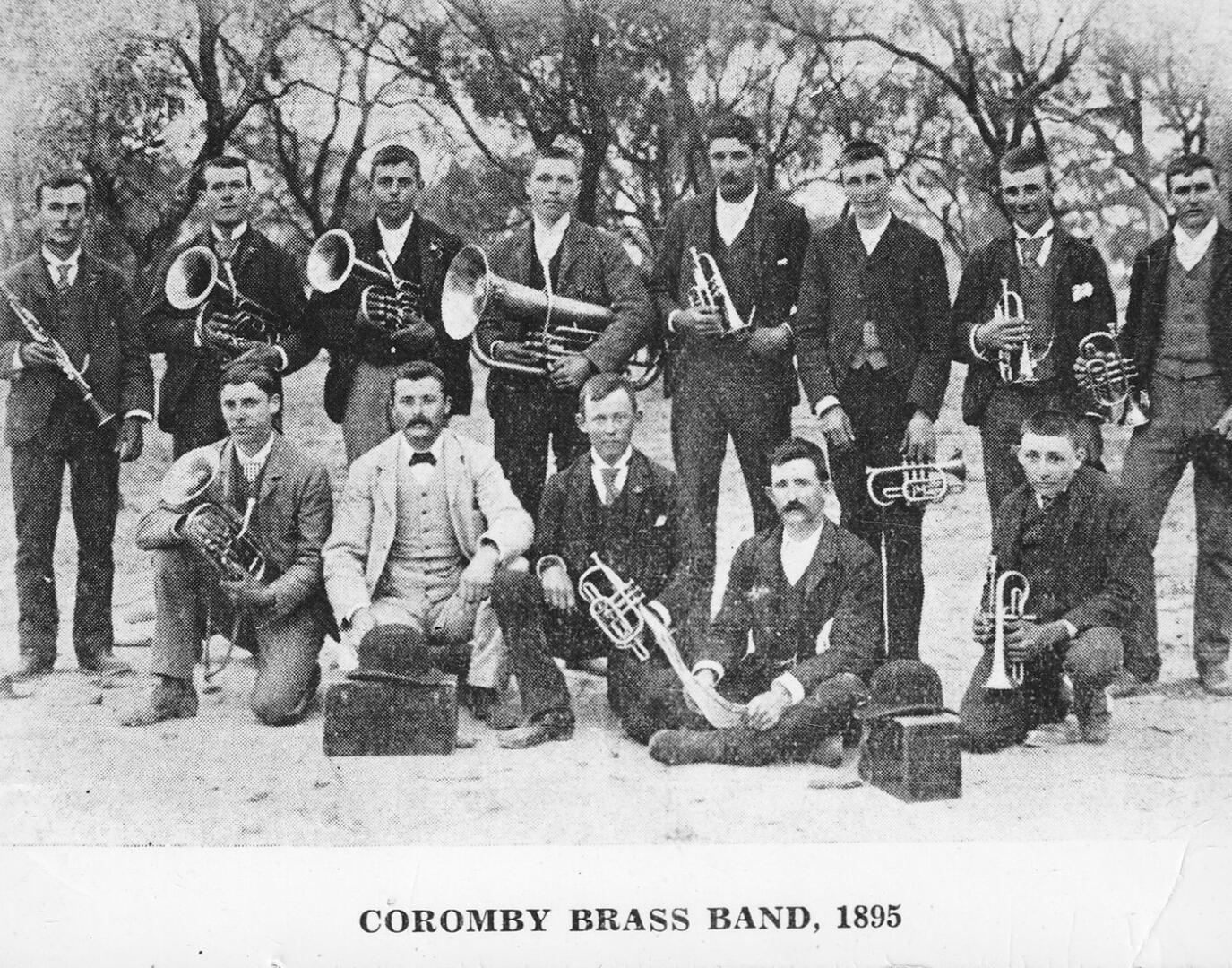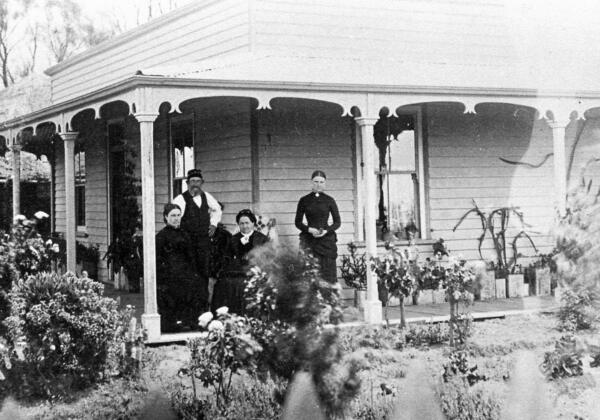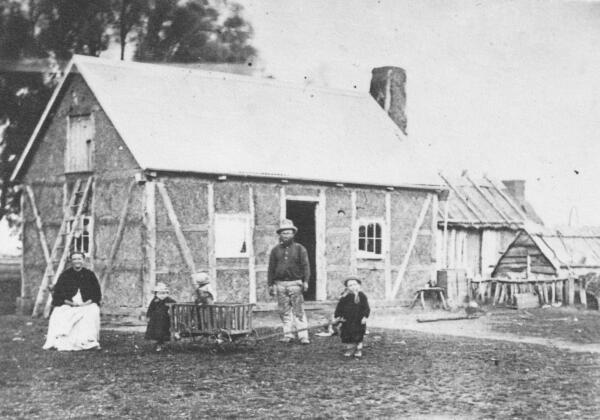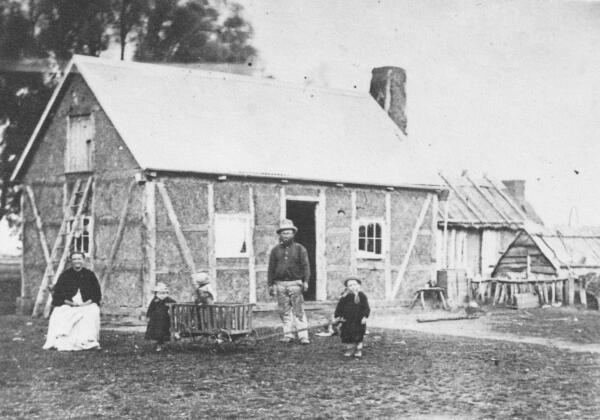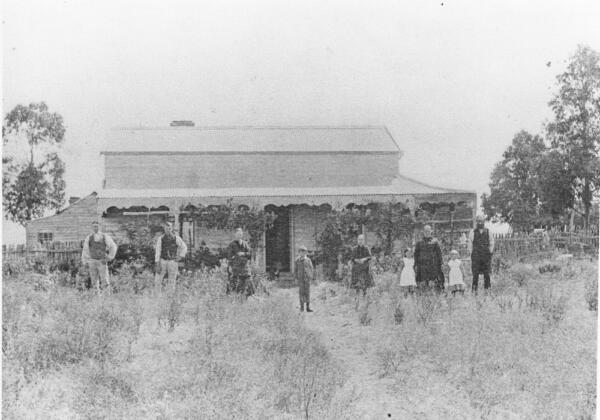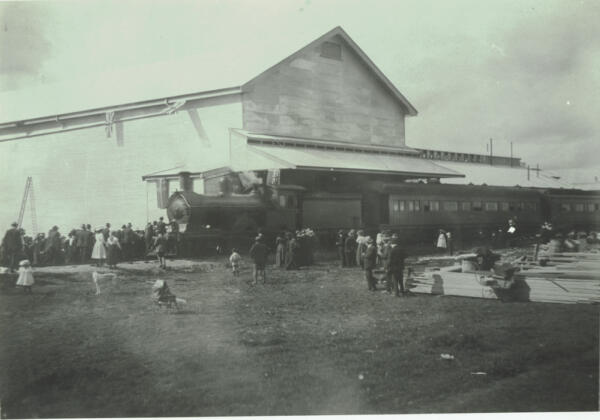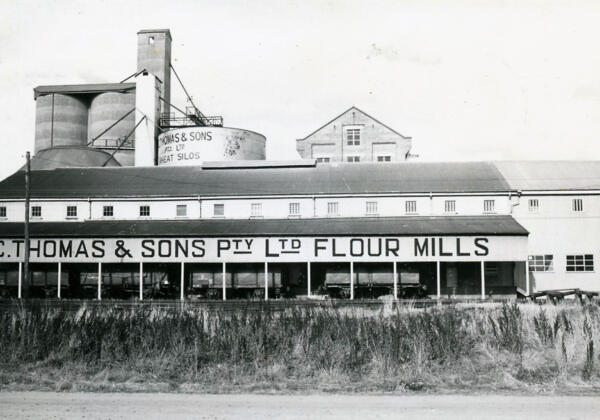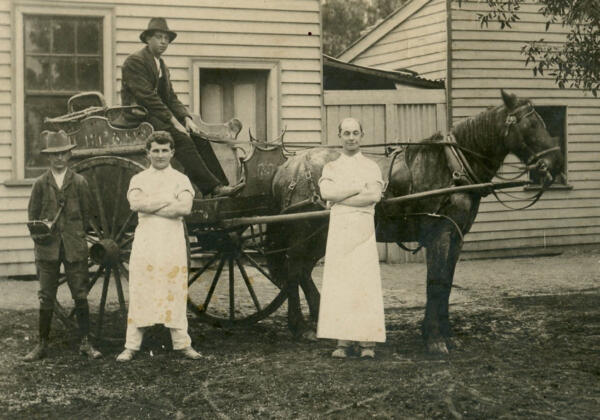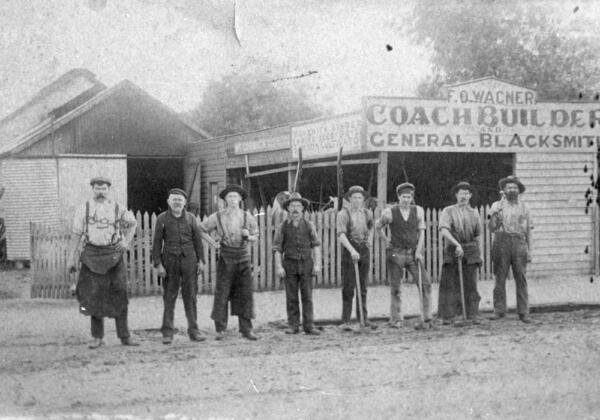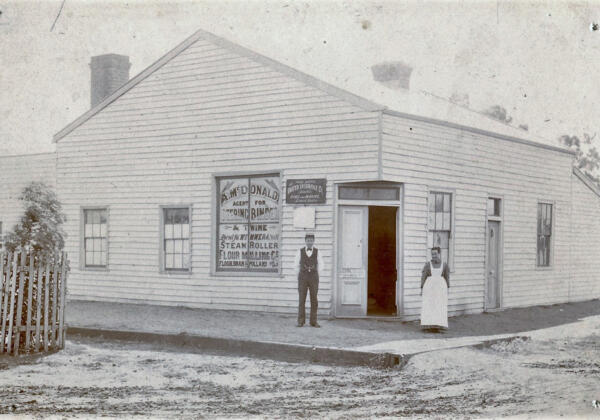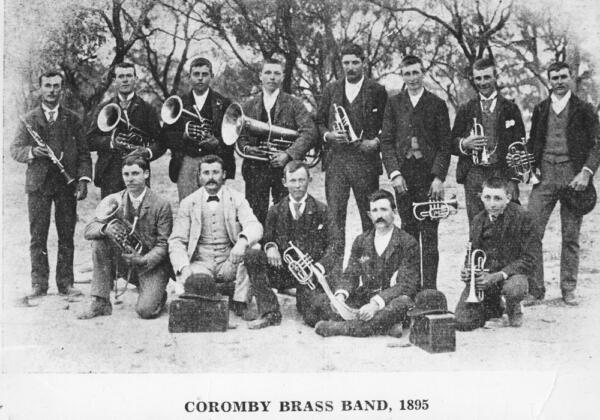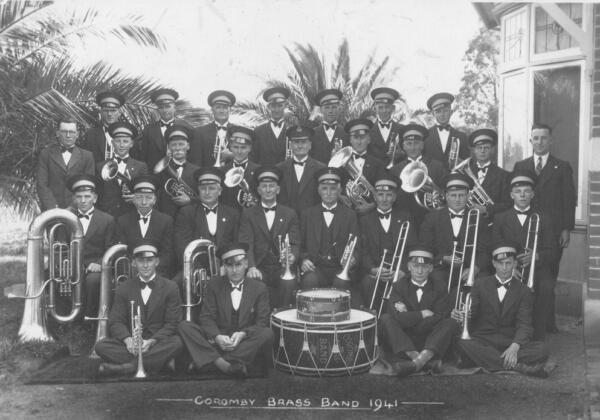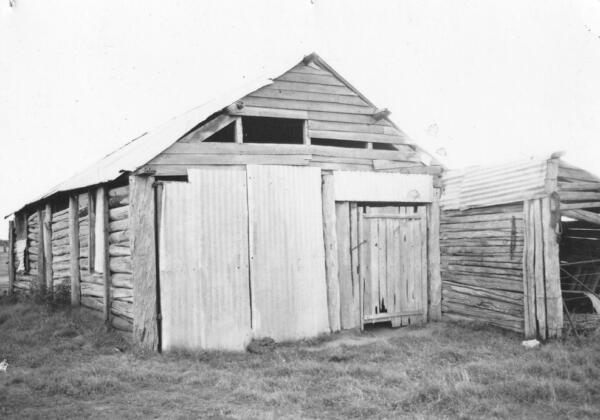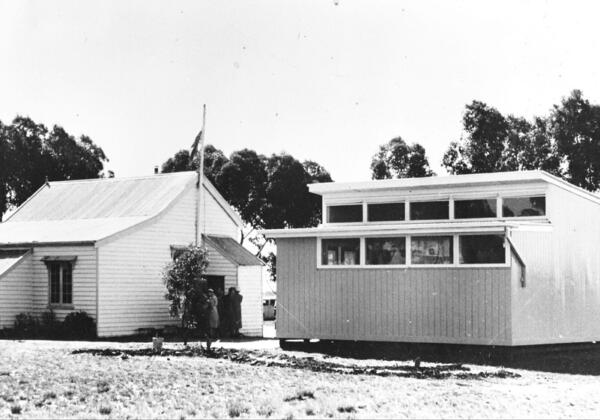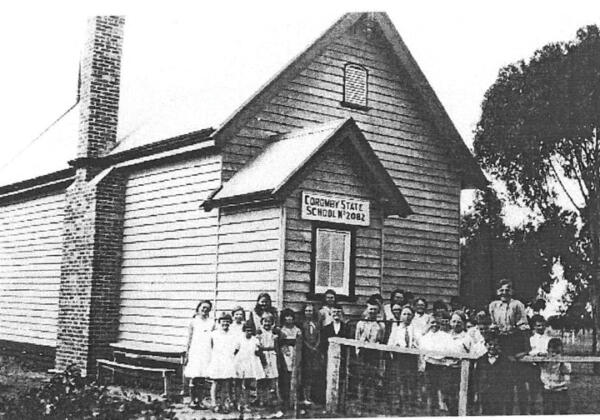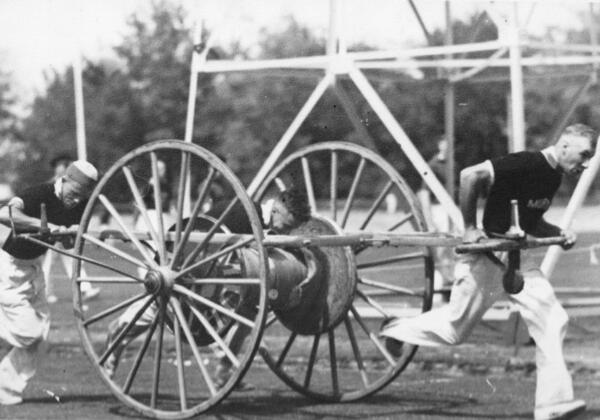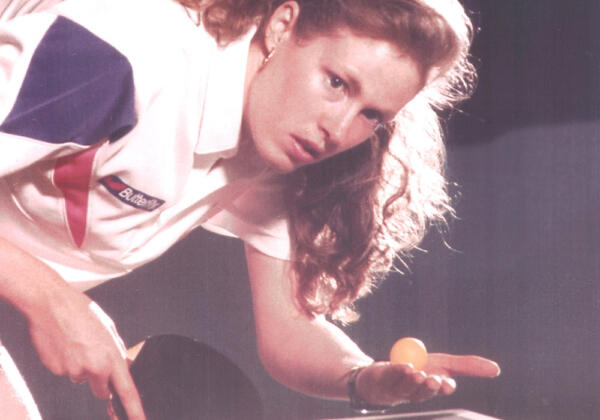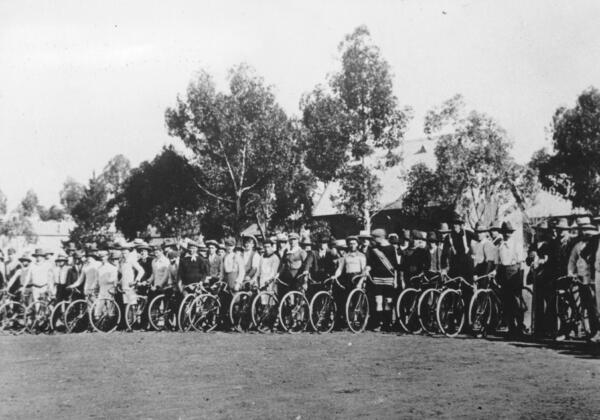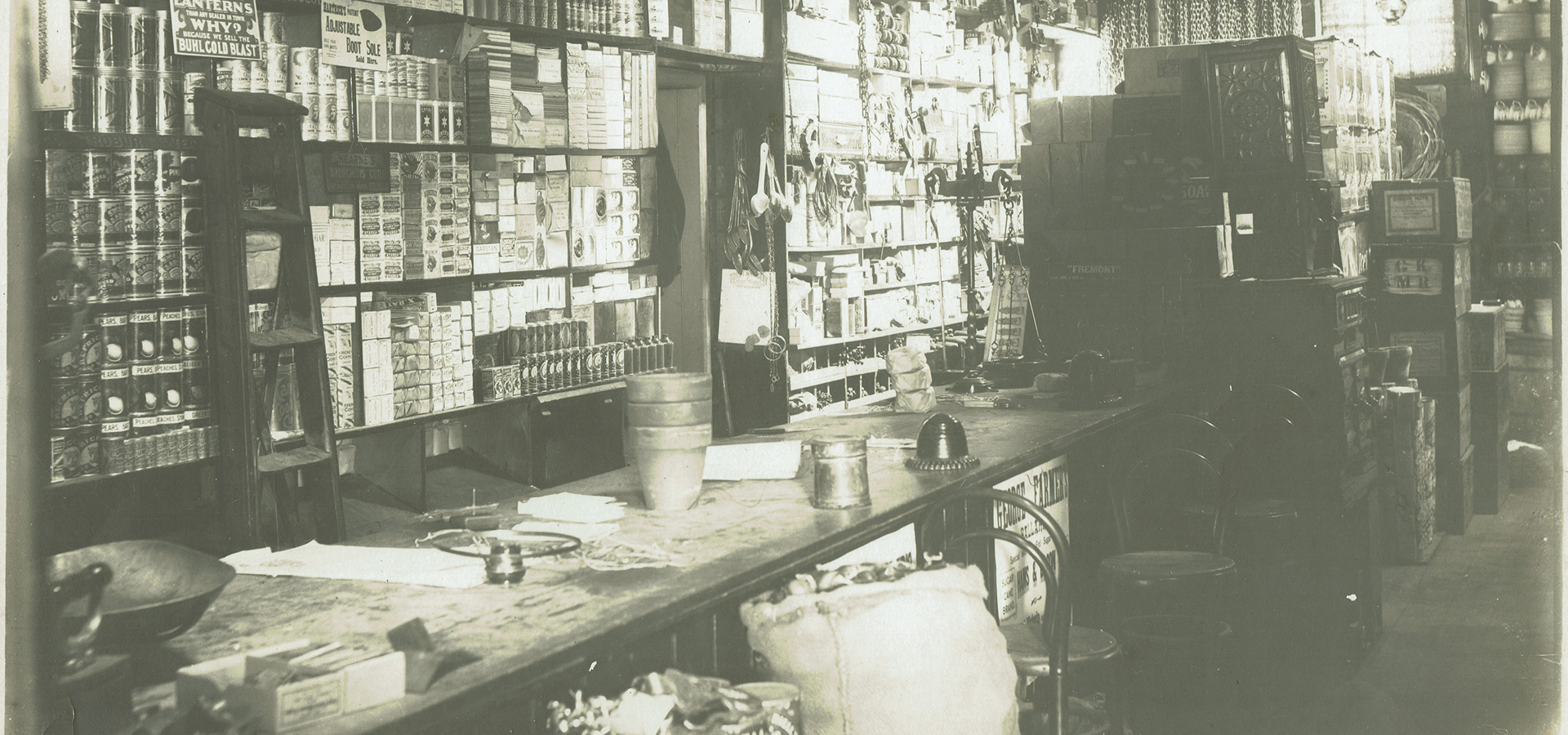1872: The First Settlers
Pastoral Station leases (very large sheep runs), after decades of occupation were cancelled under the new regulations of the Land Act of 1869.
The country in the immediate vicinity of Lake Marma in 1871 was then part of Longerenong pastoral holding, under lease by Samuel Wilson and known as the Coorong paddock.
An applicant marked the allotment he wanted, by conspicuous posts, cairns or notices at the corners. The license was granted after a few months, then after occupation and improvement of the land with financial returns for seven years, the farmer could apply for a Freehold, and pay £1 per acre.
A party of farmers Martin Uhe, Paul Anders, Gustav Degenhardt, Fred Degenhardt of German descent from Mt Gambier arrived at Marma Gully in late 1871. After pegging out their claims around Lake Marma returned to Mt Gambier to harvest their crops. Early 1872 saw the return of these men with their families to begin the farming of their allotments.
By 29th January 1876, the first freehold landowner at Marma Gully was Henry Friend. Friend was a station hand from Longerenong, who also pegged his claim in October 1871.
In 1873, Marma Gully was surveyed by T H Breen, then it became known as Murtoa, Aboriginal name for ‘Home of the Lizard’.
The population of Murtoa grew quickly and expansion of farming worked in the direction of Coromby, Minyip, Rupanyup, Ashens and Yarriambiack Creek.

